This is Shanghai
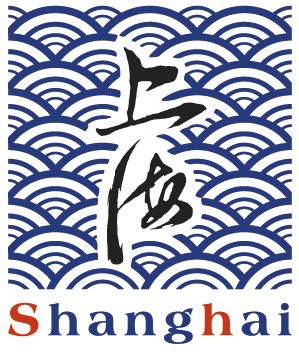
Located in Eastern China, at the estuary of the Yangtze River and faces the Pacific Ocean, Shanghai is known as a vital international hub for economy, finance, trade, shipping, and technological innovation.
It is also renowned as a global cultural metropolis and international tourist destination, bearing the dual status of a historical and cultural city in China. Shanghai is home to numerous festivals, conferences, exhibitions, and competitions every year, making it an international convention and exhibition centre.
When China comes to mind, a plenty of images emerge: an ancient culture brimming with beauty and history, colossal cities boasting towering skyscrapers, and mouthwatering cuisine ranging from street vendors to high-end restaurants. Shanghai masterfully blends all these elements into a thriving metropolis.
Charming Shanghai
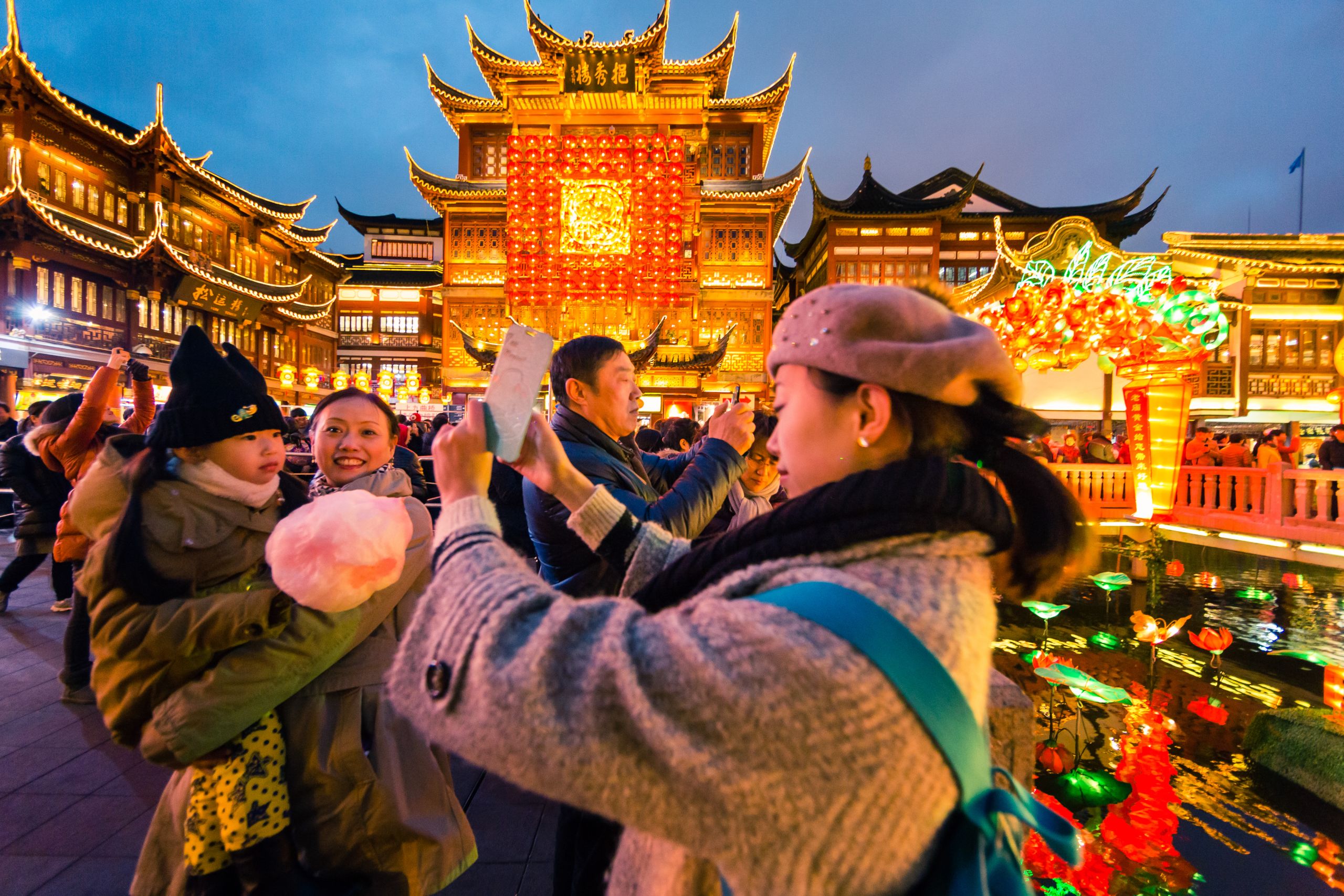
Yuyuan Garden
Let’s commence our journey with Yuyuan Garden. Nestled in the old city, this classical garden is replete with exquisite pavilions, terraces, towers, and winding corridors.
The lofty Oriental Pearl Radio and Television Tower stands as Shanghai’s landmark. Resembling a pearl, it sparkles in the city’s skyline. At night, when the lights are illuminated, the Oriental Pearl becomes even more dazzling.
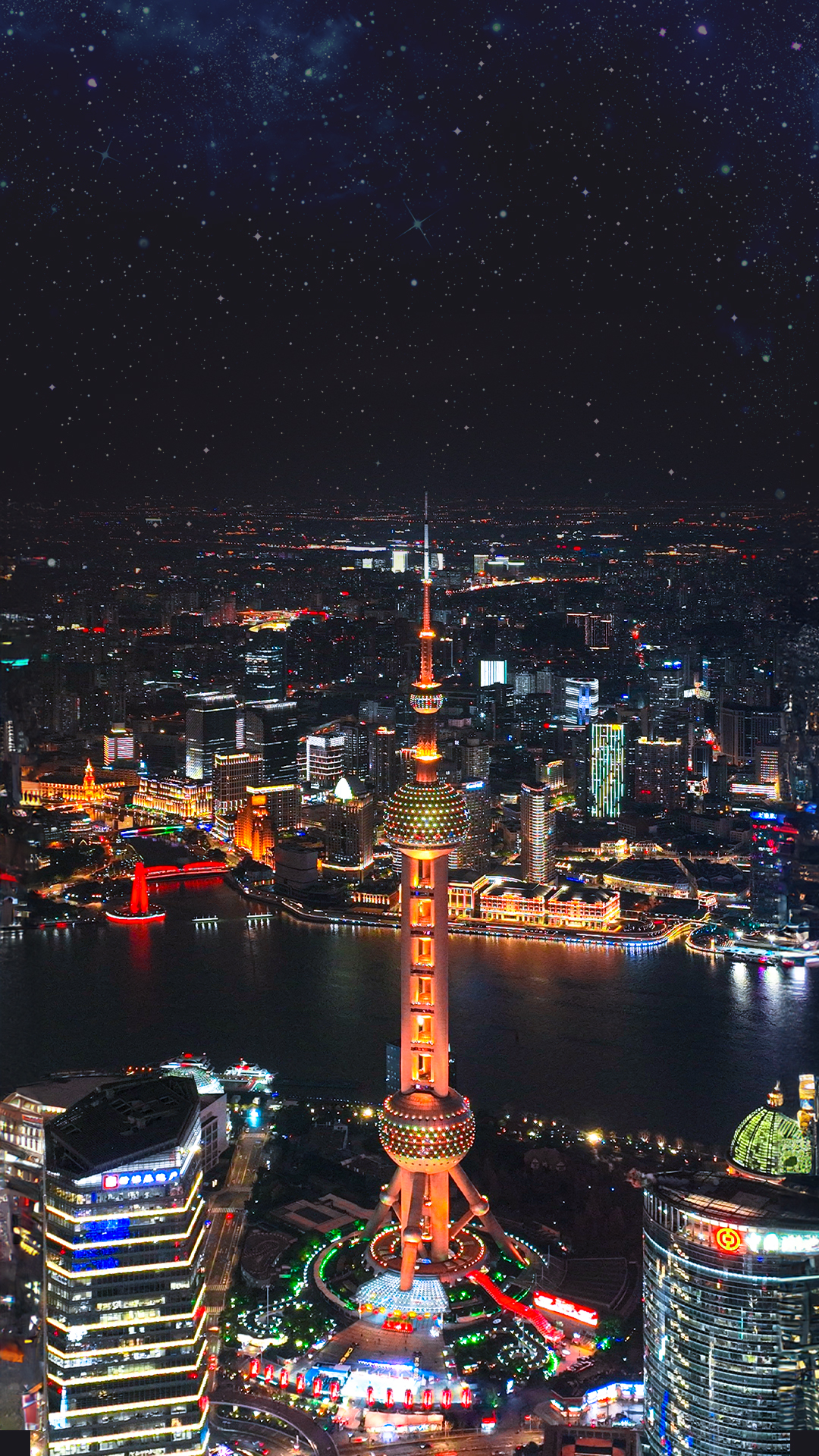

The Bund, adorned with a diverse array of historical buildings of different styles, exudes solemnity and elegance. It recounts Shanghai’s glorious past. As you stroll among these buildings, you can sense the traces of years gone by, as if hearing the echoes of history.
For a panoramic view of the Bund, the Shanghai Tower is an ideal choice. As China’s tallest building, the third tallest in the world, it astounds with its unique shape and height. Standing on the observation deck, you can behold the entire city of Shanghai, and the city’s prosperity is laid out before your eyes.
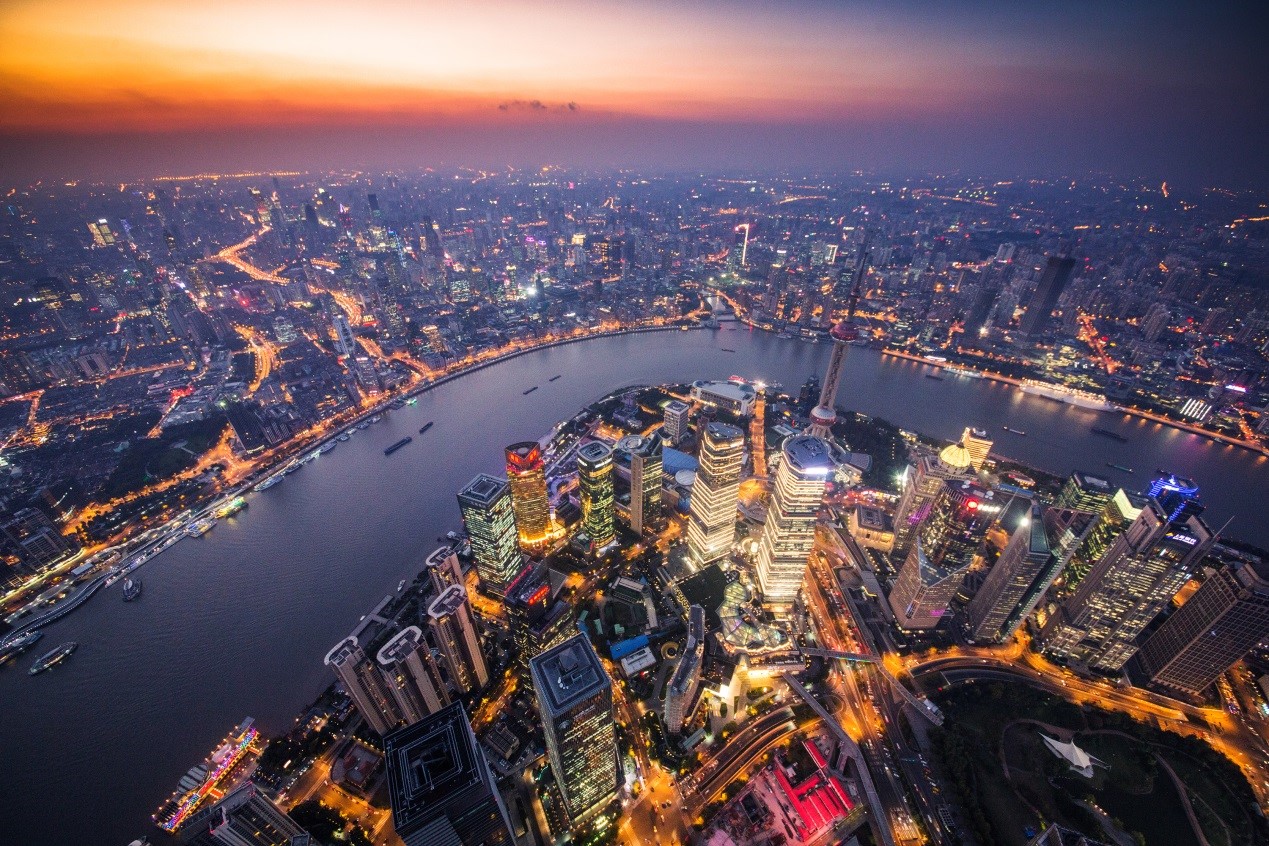
Museums in Shanghai
The Shanghai Museum, established in 1952, is one of the most important ancient Chinese art museums in the world. It is among the first national top-class museums. The Museum’s collection covers 33 categories, including nearly 1,020,000 items, 140,000 of which are graded national treasures. One of the most complete collections of ancient Chinese art, the Museum’s collection presents a comprehensive image of Chinese material culture.Shanghai Museum East Campus is located at No. 1952, Century Avenue in Pudong New Area. It focuses on exhibiting ancient Chinese art.


The China Art Museum (Shanghai Art Museum) has a collection of 19,961 pieces of outstanding modern and contemporary art works, and organizes an average of 30 exhibitions annually. Divided into six display floors and a total of 35 exhibition halls, the museum presents a broad space for art lovers to explore art.
The current museum is located at the China Pavilion of the 2010 Shanghai World Expo, which was the most impressive pavilion at the Expo. The building was designed by a team led by architect He Jingtang, who were inspired by the Chinese corbel bracket called dougong as well as the ancient bronze cauldron called ding.
Urban Regeneration
Xintiandi
In the mid-19th century, Shanghai emerged as a commercial port, witnessing a large influx of people. As a consequence, merchants constructed a significant number of western-style townhouses for residential purposes, known as Shikumen. Evolving from the fusion of traditional Jiangnan residential building style and traditional British row house building style, it represents an architectural style that combines the East and the West.
After the urban renewal, while preserving its architectural characteristics, Shikumen was transformed into a commercial and fashion center. Xintiandi is the most outstanding representative. Nearby, there is the Museum of the First National Congress of the Chinese Communist Party.


Columbia Circle
Located along Yan’an West Road, Columbia Circle is a historically important site. The Columbia Country Club, from which the project derives its name, was built in the 1920s during Shanghai’s grand epoch. Another historical building on the site is a villa designed by Hungarian architect László Hudec in 1930, previously owned by Sun Ke, the son of Sun Yat-sen.
Now, as you step into this neighborhood, you will see historic buildings being restored and old factory fixtures being preserved. Moreover, it has been transformed into a vibrant space for working, shopping, chatting, and strolling.
Ancient Water Town Zhujiajiao
By Dianshan Lake stands Zhujiajiao, an ancient town with markets set up around the water. It is prosperous, livable, and harmonious, exuding the leisurely charm described in the poem “listen to the rain while sleeping in a painted boat”. It has been named one of the 50 places in China most worthy of being visited by foreigners and the ancient town most favored by inbound tourists.
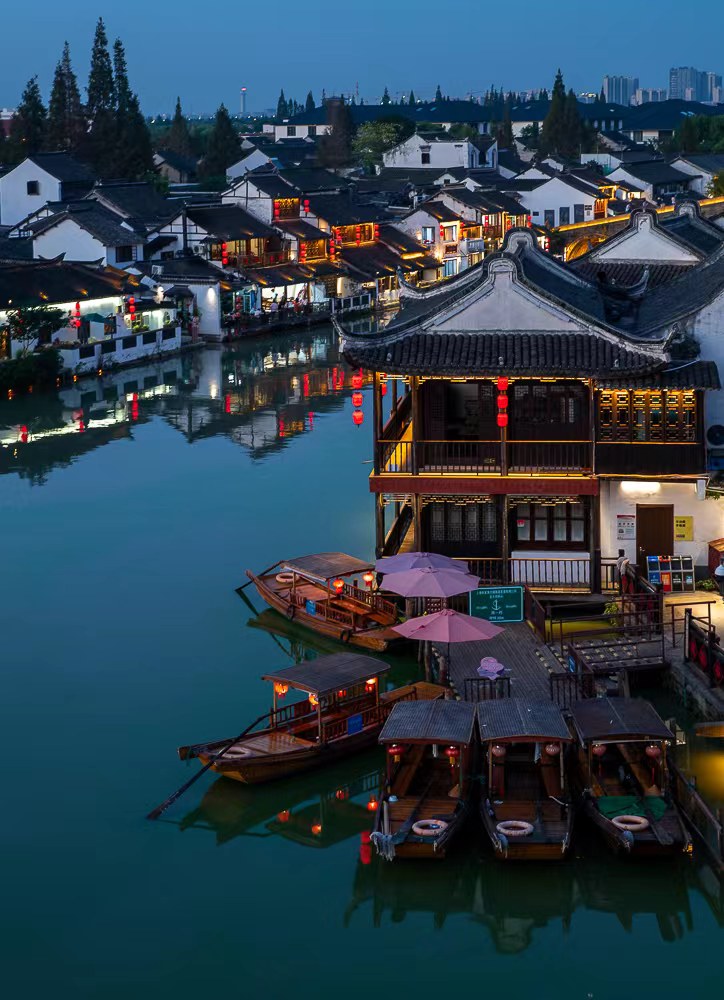

Zhujiajiao is abundant in historical and cultural resources. Currently, there are over 1,000 constructions with a history of more than 300 years. Zhujiajiao still preserves the architectural style and folk customs handed down from the Ming and Qing dynasties. In the north, there is “Kezhi Garden”, the largest manor-style garden architecture. In the south, there is the famous ancient temple “Yuanjin Zen Temple” with a history of more than 600 years, where you can hear the morning bells and evening drums. Among them, Fangsheng Bridge is the landmark of the ancient town. Built in 1571, it is known as the “first bridge in Shanghai”.










